
Mary Meynell and outcrop. Photo by Max Piper
An edited version of this article appeared in Dartmoor Magazine - Winter 2019, Issue 137, p38-39.
Walking northwards from Shipley Bridge in the direction of the Avon Dam and after passing through the gateway towards the ruins of Brent Moor House the visitor will notice shortly just to the left of the main path a small stone pedestal set upon a low outcrop of rock at SX 6835 6344. Writing as long ago as the late 1880s William Crossing (page 54-55) advises that it was 'erected by the late proprietor of the villa in memory of his little daughter' he then states that it is inscribed 'M.M.' with the date of 'March 27th 1863' and is followed by several lines of a poignant poem. Since then the inscription has eroded badly and is nowadays virtually indecipherable but it once read:
"My lovely little Lily,
Thou wert gathered very soon,
In the fresh and dewy morning,
Not in the glare of noon,
The Saviour sent His angels,
To bear thee hence my own,
And they'll plant thee in that garden,
Where decay is never known."
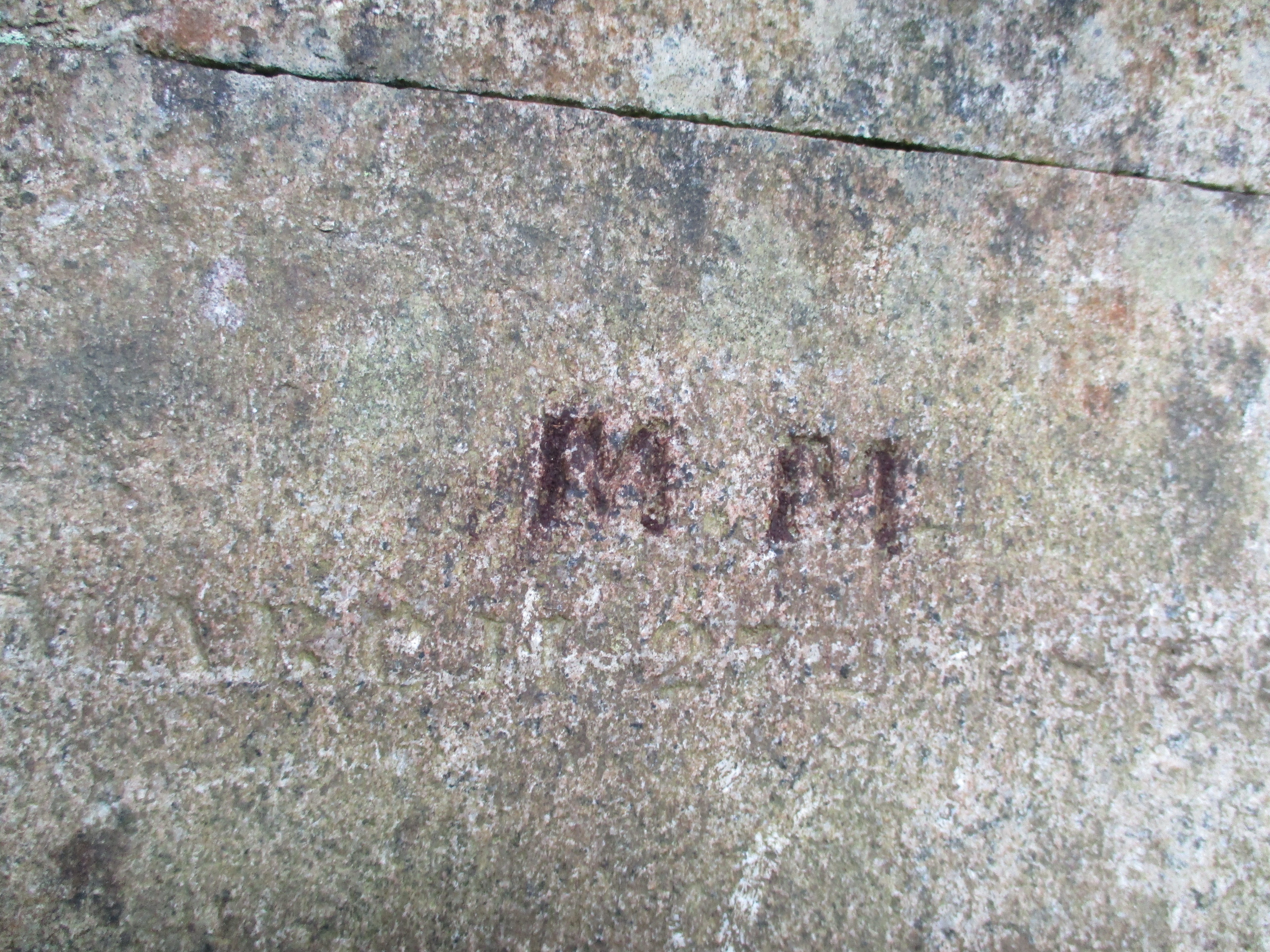
"M M" Mary Meynell
Lieutenant (Lt) Francis Meynell and Caroline Strachan Brown were married in December 1857 at the Parish Church of South Brent and Mary was their first child born on October 9th 1858. In the Census returns of 1861 she is recorded as a two-year old living at Brent Moor Cottage, Zeal in South Brent with her parents both aged 39 years and a younger sister Ida aged 8 months. Unfortunately Mary suffered recurrent ill health as a child and sadly after being poorly for several months in 1862/3 she died aged just four years on March 27th of the latter year from complications associated with acute tonsillitis and laryngitis at Whitestone Rectory, in the hamlet of Whitestone some four miles from Exeter, this being the Brown family home where Caroline's brother Wilse was the curate. Her death was recorded in the St Thomas Registration District of the County.
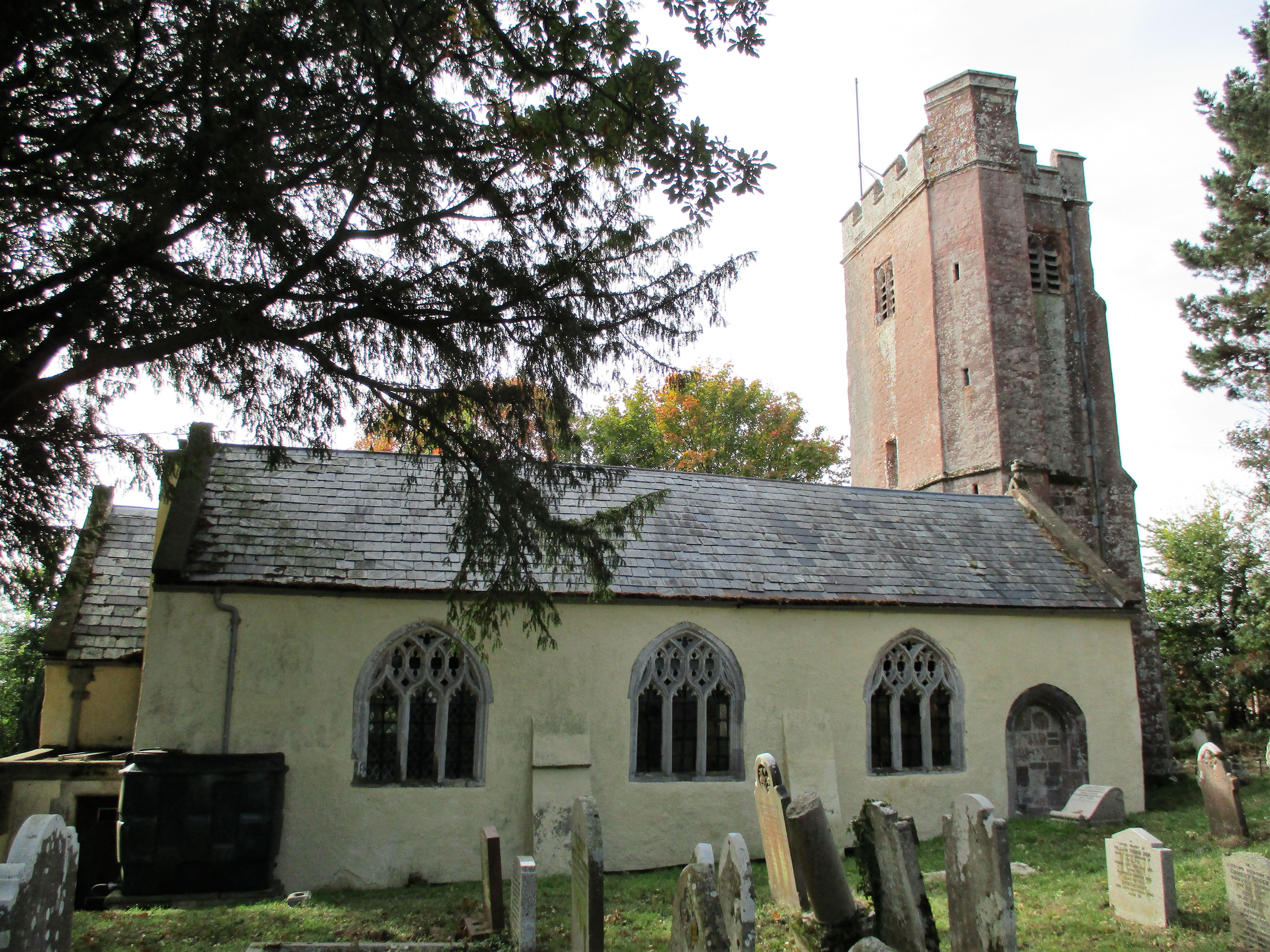
St. Catherine's Church, Whitestone
Mary is buried in the churchyard of St Catherine's at Whitestone with other members of her family including her little brother Godfrey who also tragically died on December 30th 1863 aged just 15 months. Inside the church there is a small brass plaque dated 1887 that commemorates Caroline Meynell's restoration of the south windows in memory of her husband Francis and her two late children. Stricken with grief at the loss of their daughter the Meynells had the pedestal erected in her memory shortly after her death, in the lower grounds of the house where they were living at the time beside the River Avon.
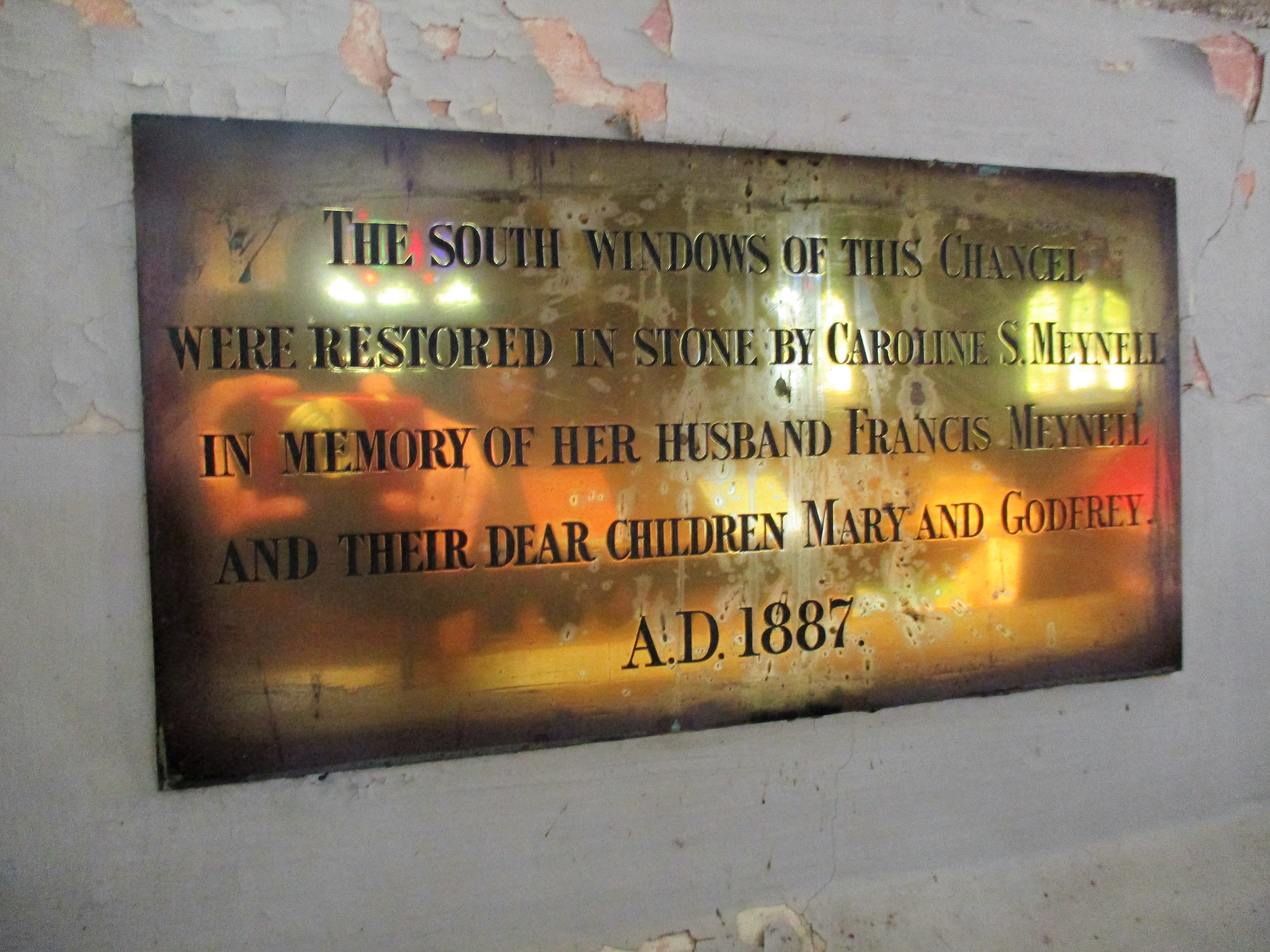
Meynell Plaque 1887, Whitestone
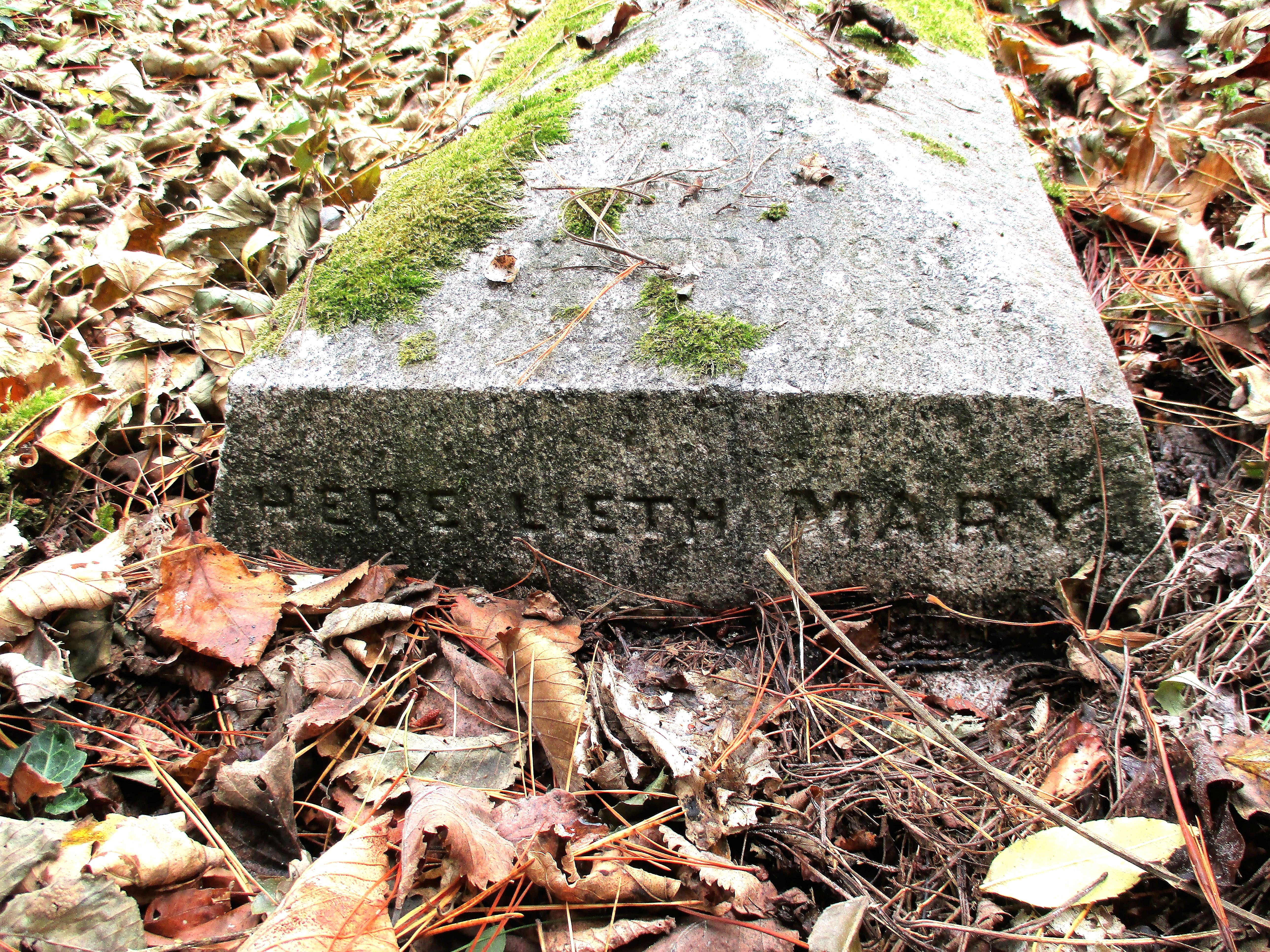
Mary Meynell grave at Whitestone
I first became interested in the monument and the history of the little girl after visiting the site in early 2003 only to find it overgrown by almost impenetrable rhododendron bushes. The lettering on the stone was faint and the whole area seemed to be very neglected. Later that year, I wrote a letter to Dartmoor Magazine regarding the plight of the memorial wondering if anything could be done to save it from the encroachment. Unbeknown to me at the time I had inadvertently repeated two of the main recurring errors associated with the story of little Mary using both the misnomer of Margaret and the incorrect year of her death as 1865, these having been acquired from what I presumed to be trusted sources of information. One thing that I had noticed was that two conflicting causes of her death were quoted in the literature one cited correctly as a childhood illness, the other an erroneous riding accident. The responses to my letter were revealing. One respondent queried the date of 1865 stating that Crossing had given it as two years earlier and another person gave a third possible cause of death as 'drowning' as seen elsewhere in the literature. I began to think that there was something amiss with the information available on this little girl.

Meynell Graves, Whitestone
However, it was not until 2013 after I was contacted by Barbara Doll Peterson the great granddaughter of Francis and Caroline Meynell regarding the various errors in the story of Mary that I decided to investigate further. Barbara completes her message to me with 'The M.M. on that monument means Mary Meynell'. Thanks to Barbara's communication, whose grandmother was the aforementioned Ida Meynell and other important information contained within an article by Monica Hazell (2011) in Dartmoor Magazine, I have now been able to locate virtually all the sources of misinformation in a further attempt to dispel the various myths and curious rumours that have circulated about Mary Meynell since at least the early 1980s.
It seems that the unfortunate errors regarding the name of Margaret and the date of 1865 stem from an article written by Nancy Van Der Kiste that was published in Devon Life in February 1980. Although the cause of death from a 'childhood complaint' is recorded correctly, the author speculates that Mary might be buried near the monument which we now know is not the case. Disappointingly excerpts from that article have since appeared in Dartmoor News (2002) and later in the Book of South Brent (2005) reinforcing the same mistakes. Next up is Eric Hemery (1983 p 328) who not only gets the year of death wrong but seems to be the first to introduce the strange idea that Mary died in a riding accident. This misinformation later appeared in the book Dartmoor 365 by John Hayward (1991 p 348) where all three main errors of name, date and cause of death are grouped together. What is even more disappointing is to find the same three mistakes repeated yet again, this time in the supposedly revised and updated reprint of that book in 2018.
Dave Brewer writing in 1987 gives the wrong name of Margaret but to his credit gets the cause and date of death correct and adding to the confusion in both 1991 and 2004 (page 67) Brian Le Messurier attributes the cause of death to drowning in the river.
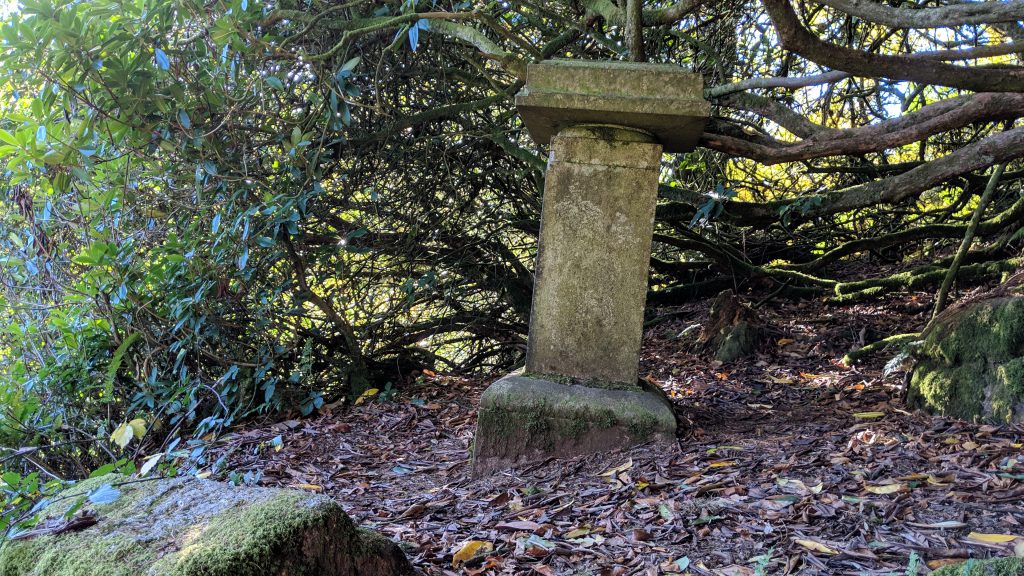
Mary Meynell Memorial. Photo by Paul Buck
Given the scope of the various myths that have circulated in the literature over the past 40 years or so it must have been very frustrating for family members to read such misrepresentation of the facts. In recent years two main attempts to redress the balance have been made, firstly by Monica Hazell who using journal extracts from Julia Brown, Caroline Meynell's sister, wrote an article where it is clear that the little girl's name is Mary and that she was very ill and frail with tonsillitis and secondly through two books written by Barbara Doll Peterson (2014 and 2017) the first entitled 'The Two Mary Meynells' where these issues are further addressed.
In conclusion, there cannot ever have been such a sad Dartmoor story with such conflicting explanations regarding the name, date and cause of death than the one associated with little Mary Meynell of Brent Moor House on South Dartmoor. The way in which the various errors of interpretation have flourished in the literature is quite astonishing. The need to check sources of information is at the forefront of the problems here, along with the introduction of seemingly erroneous information that is based on rumour rather than factual evidence. The tendency to repeat stories from one book or article to another without checking the substance of the tale allows for this kind of misinformation to be repeated time and time again. Sadly, despite articles such as this and efforts by others such as Barbara and Monica to correct the information, the errors are still out there and being replicated on internet sites.
Challenging the misconceptions is especially hard to carry through when recently reprinted well-known books continue to repeat the errors. Let us hope that one day the true story of Mary Meynell's tragic short life might be properly recorded without error and the little girl afforded the respect she deserves. Between us we can hopefully change the narrative and eventually set the record straight.
Acknowledgements:
Several people have helped with the compilation of this article by locating old references, reviewing census returns and offering their support and encouragement.
Thanks goes to Paul Buck, Mark Fenlon, Ann Jenkinson, Max Piper and Barbara Doll Peterson for her initial contact that started the investigation.
References:
Brewer D (1987) Brent Moor House and The Hunter's Stone Dartmoor Magazine 8
Crossing W (1889) Amid Devonia's Alps 1974 edition David and Charles Newton Abbot
Hayward J (1991) Dartmoor 365 Curlew Publications
Hazell M (2011) Aunt Julia's Victorian Journal Brent Moor House rises from the ashes Dartmoor Magazine 102 Spring p14-16
Hemery E (1983) High Dartmoor: Land and People Robert Hale London
Jenkinson T (2003) Meynell Memorial Dartmoor Magazine 71 Summer
Le Messurier B (2004) Walks for Motorists Dartmoor: 30 Circular Walks Countryside Books Berkshire
Peterson Doll B (2014) The Two Mary Meynells Private Publication
Peterson Doll B (2017) Francis Meynell and Family of Brent Moor House Private Publication
Phillips D (2016) St Catherine's Church Whitestone Church Pamphlet
Van Der Kiste N (1980) Brent Moor House Devon Life February
Van Der Kiste K (2002) Brent Moor House Dartmoor News 69
Wall G (2005) The Book of South Brent Halsgrove